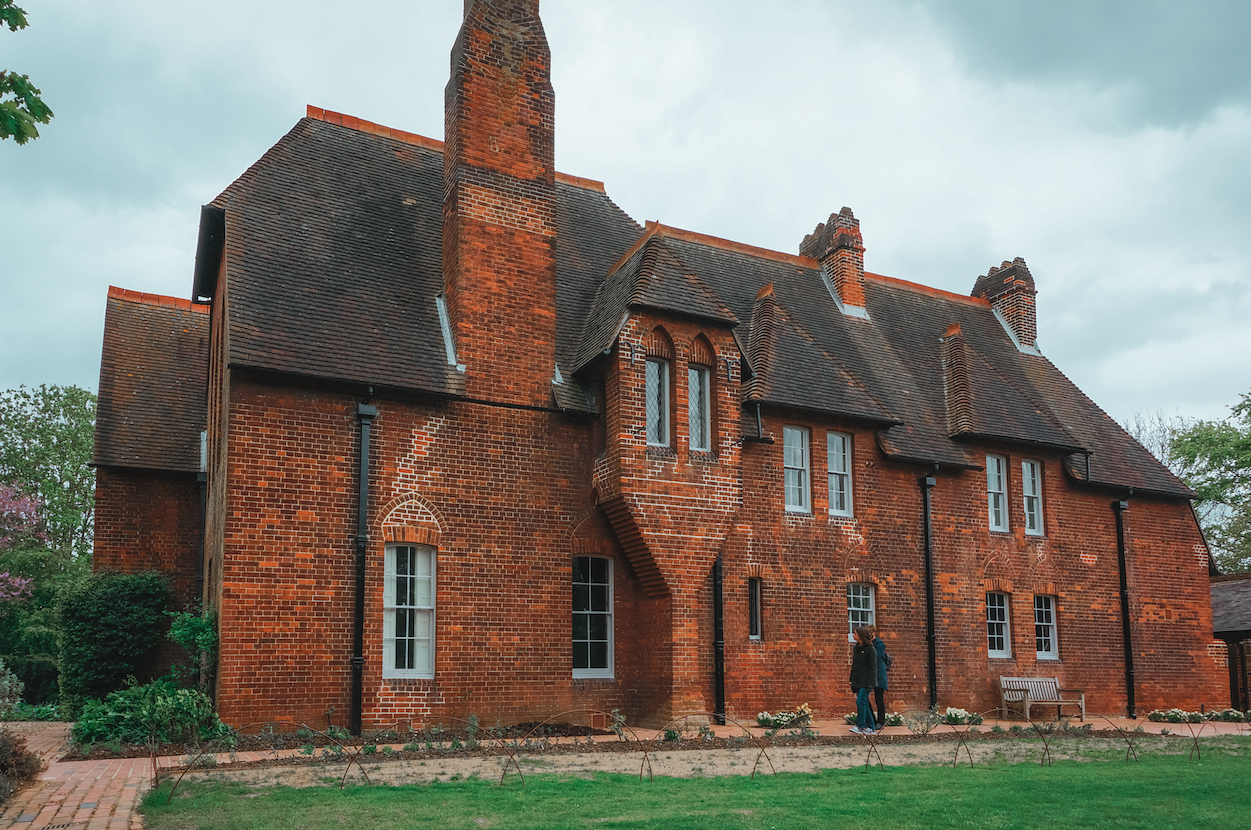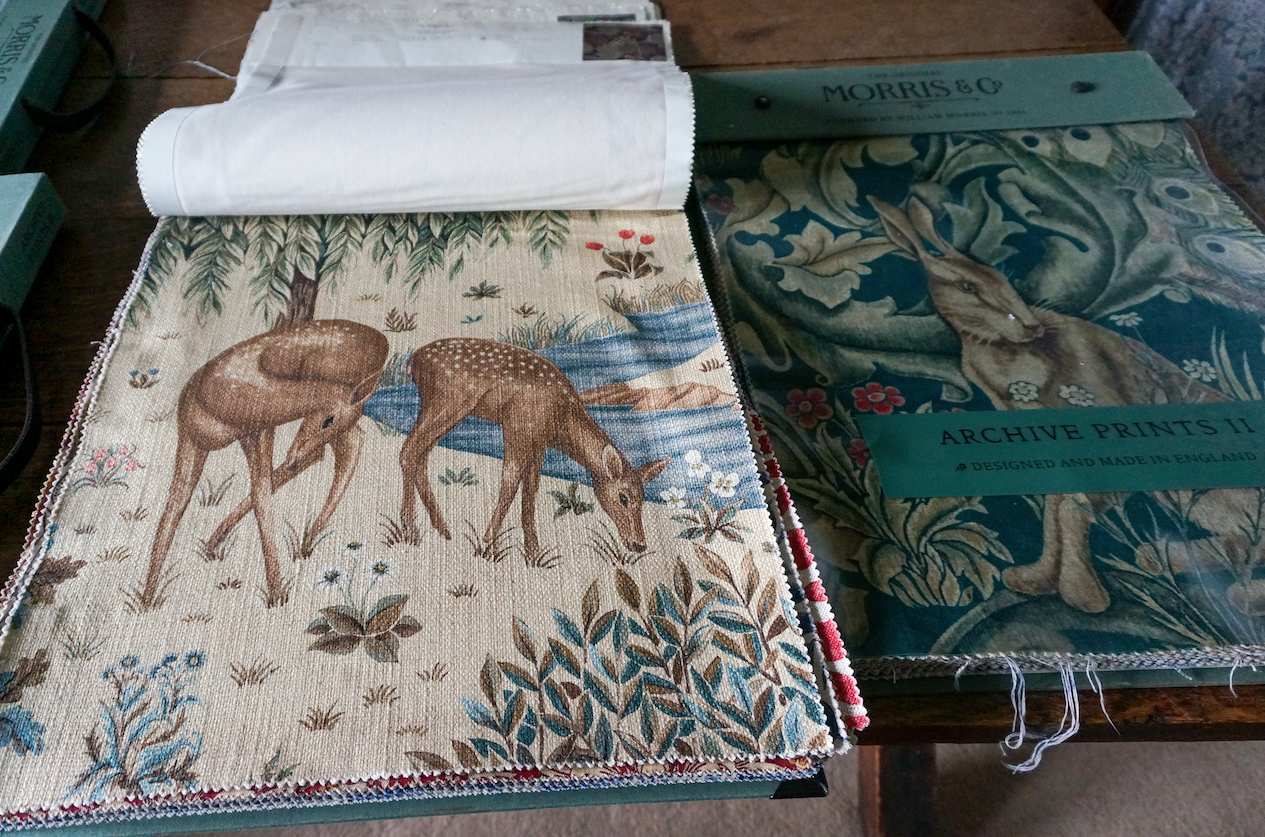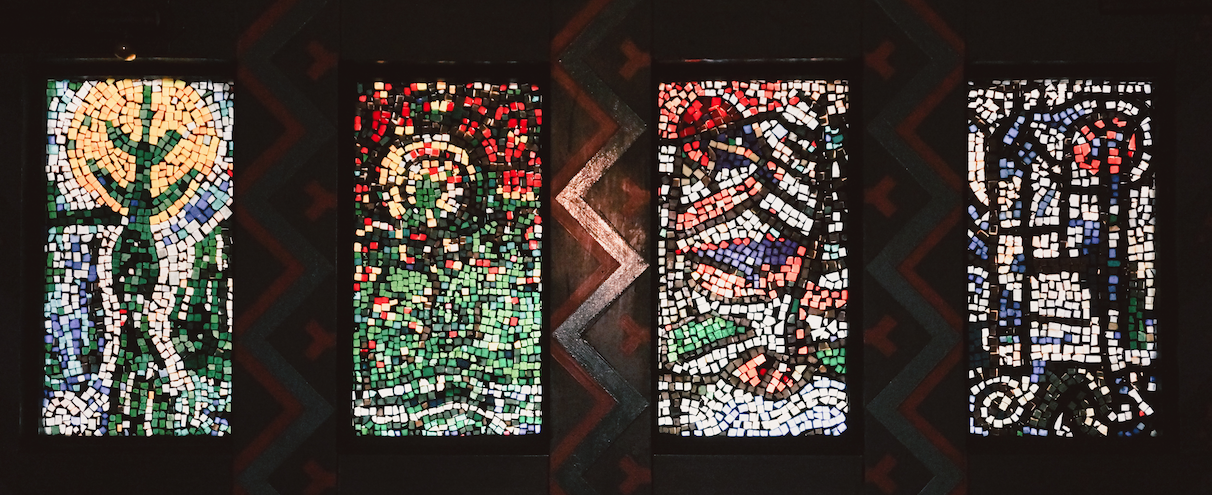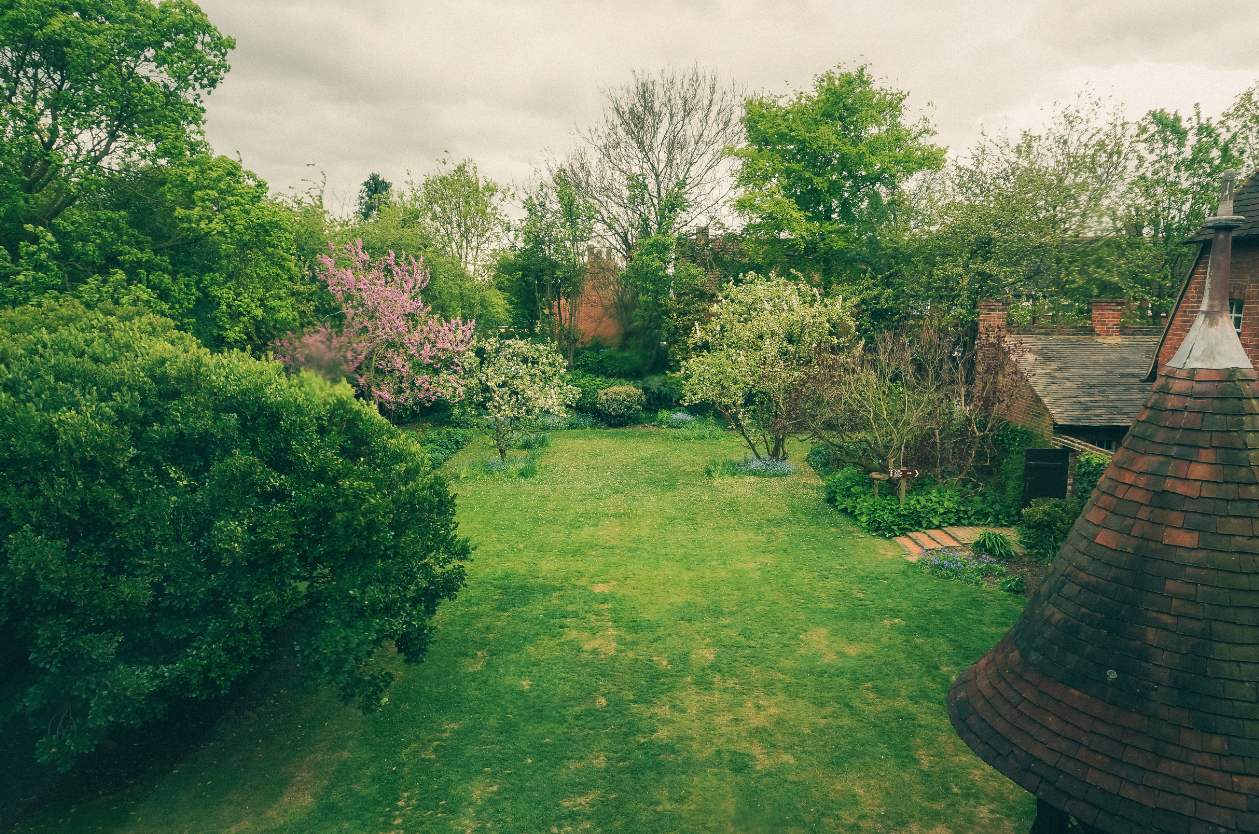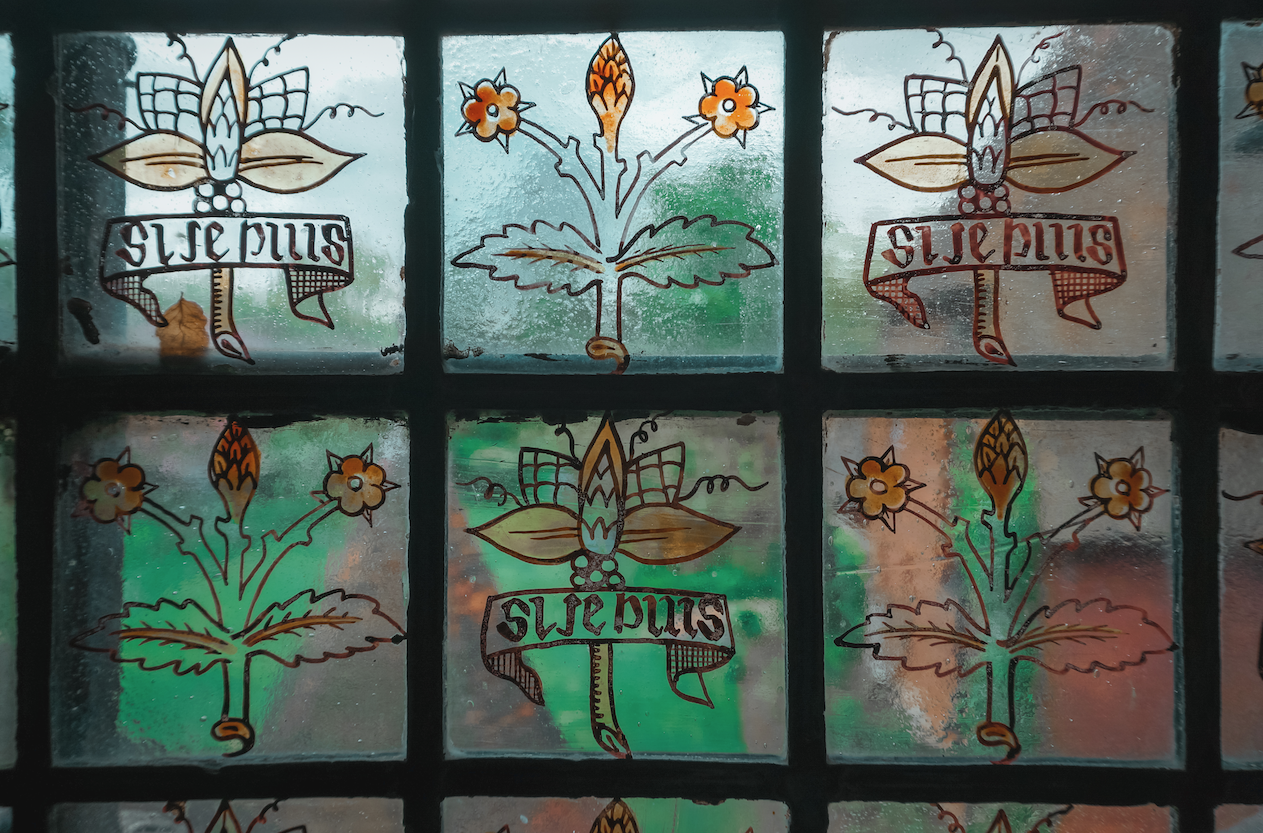Red House | National Trust
Just East of London, in the heart of the suburb Bexley, stands an usual red brick villa. With pointed arched window frames and towering chimneys, the house appears to be a relic of the Middle Ages but in fact it dates back to the 1860s.
As soon as you walk into the gardens the atmosphere changes from the quiet streets of Bexley to a more contemplative feel that echoes the ideas of Morris. To get to the ticket office we followed the gravel path around the garden to where two structures stood: an old stable which has been converted into a second-hand book shop, and a coach house which now is the gift shop.
“Have nothing in your house you do not know to be useful or believe to be beautiful.” - William Morris
The house
The house was a collaborative effort between Morris and Philip Webb, who designed the property. Morris was heavily influenced by the Middle Ages, which to him represented an era with a pre-capitalist sense of community and strong chivalric values. He adopted the philosophy of writer John Ruskin, and rejected many of the values of Victorian industrial capitalism in favour of returning to hand-craftsmanship, supporting artisans and creating art that was affordable and handmade.
The house itself is a work of art, with many of Morris’ inner circle and members of the Arts and Craft movement having made contributions to the decoration of the house - Morris’ wife Jane, and her sisters, stitched beautiful embroideries that adorn the walls, and Edward Burne-Jones, who was one of the founding partners of the decorative arts firm Faulkner & Co, made the stained glass.
Morris found it difficult to source furnishings for Red House, so true to his beliefs he made them himself. Faulkner & Co., which later became Morris and Company (and which was referred to by its members as “the Firm”), helped Morris to create wallpaper, stained glass, furniture and textiles with his own designs. Morris and Company is still active today and continue to produce goods modelled on Morris’s original designs.
I really love the way that most of the ceilings have painted patterns on them and I can imagine that in its heyday, Red House was filled with delights and colours. I think the things that I most enjoyed were the various textiles, and there were large samples of embroidered works from Morris and Company. Most of the samples would have been used for curtains and even furniture but the detailing is really quite exquisite.
I think William Morris might have been the Victorian Marie Kondo.
Tea room
The kitchen and pantry have been returned to their original colour scheme and transformed into a cosy cafe. It was a bit of a squeeze at peak hour to find a suitable seat but we ended up having the pantry room to ourselves. We really enjoyed ourselves and the cream tea that they served was just what we needed before our garden tour. There was also a selection of large cake slices and other savoury alternatives on offer.
The garden
Behind the red brick house, the gardens open up to a series of subdivided areas, the layout of which is true to the original plans of Morris. Morris was keen for gardens to provide outdoor living space and not just be filled with flowers. Over time the garden has changed, and it was nice to see that they were trying to recreate how it used to be.
We took part in the guided tour of garden. Our guide had an encyclopaedic knowledge of the house and the Morris family; however he was a little too quick with showing his additional imagery and photographs, and rebuffed us when we tried asking questions at the end.
If the weather was better I could imagine the garden to be a real treat to spend time in, and with so much additional work having gone into the restoration of the garden it would be well suited to anyone looking for some quiet, or to be inquisitive in.
The end of a dream
Sadly, in 1865, Morris realised that his dreams of a medieval rural working brotherhood were not sustainable and he put Red House on the market. The family left the same year and Morris never returned, commentating that the sight of house was too emotional for him.
Despite the bone-biting coldness of the weather, this trip was really enjoyable and I can see it being a popular place especially on a warmer day when the orchard fills with blossom and the flowers are in bloom. If you are a member of either the National Trust or National Art Pass you can receive free entry to the house and gardens; if not then a standard adult entry fee is £8.40.



